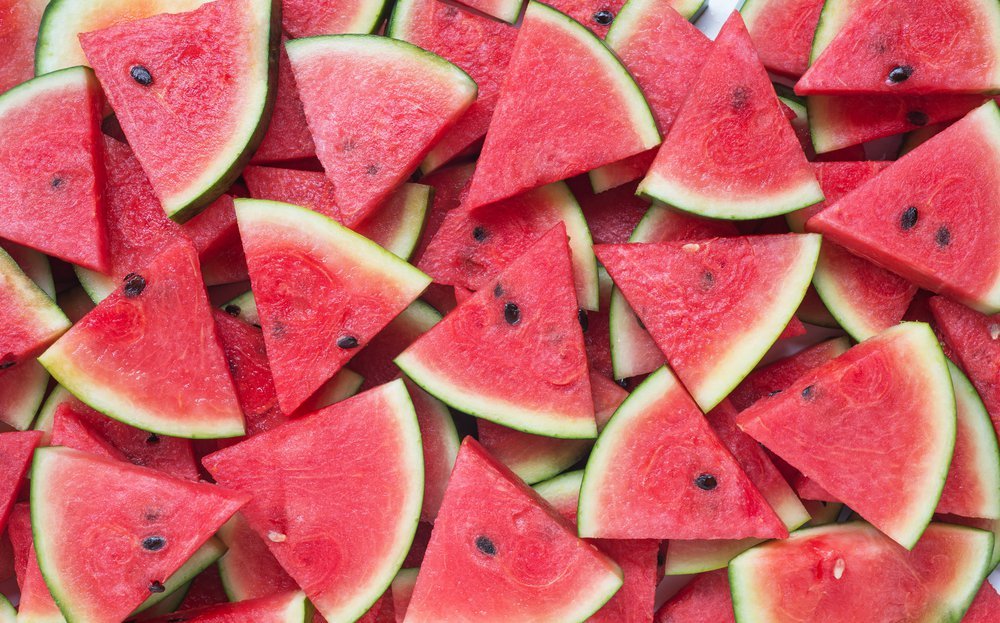
40 Interesting & Unknown Watermelon Facts
What would hot summer weather be without delicious, refreshing, juicy, sweet watermelon? Watermelon is the perfect summer dessert. But have you ever wondered from where watermelon came from? which country is the largest producer and how many health benefits it has? Read on to learn 40 interesting Watermelon Facts, your favorite summer fruit.
1. The scientific name for watermelon is ‘Citrullus Lanatus’.
2. Watermelon is one of the only foods to be classified as both a vegetable and fruit.
3. Watermelon came from the Kalahari Desert in Africa.
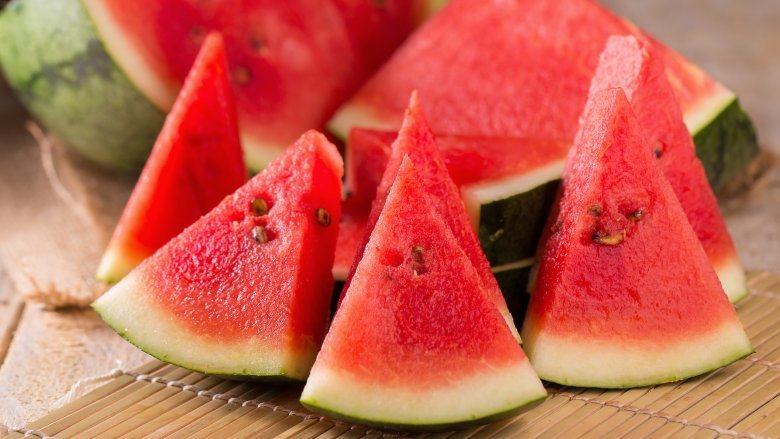
4. Watermelons today come in many varieties, including small watermelons and seedless watermelon.
5. In Japan, farmers grow square watermelons by keeping the young fruit in plastic boxes.
6. Watermelon is related to cucumbers, cantaloupes, pumpkins, and squash.
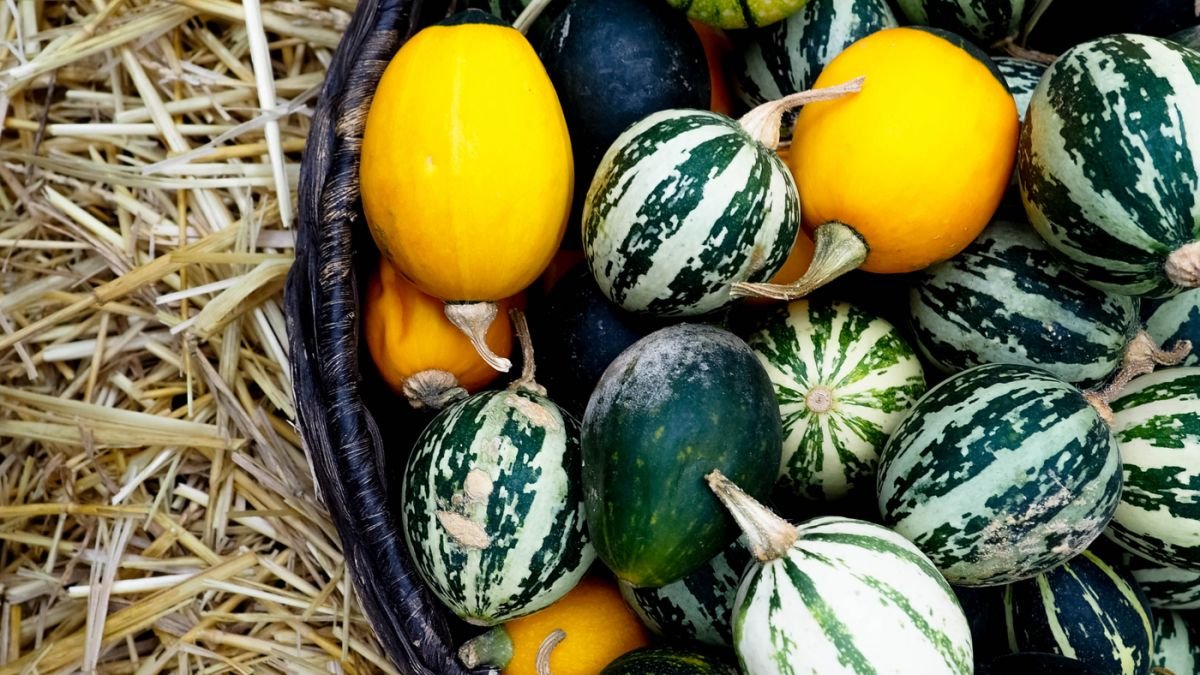
7. More people eat watermelon in the U.S. than any other nation.
8. The largest watermelon, grown by Chris Kent in 2013, weighed 350.5 pounds.
9. The seedless watermelon was first “invented” over 50 years ago and they aren’t completely seedless. They have thin, tiny, edible seed coats that never developed into seeds.

10. Seedless watermelons were invented about 50 years ago.
11. Wild watermelons are native to South Africa.
12. In many Mediterranean countries including Isreal and Egypt, watermelon are often served with feta cheese.
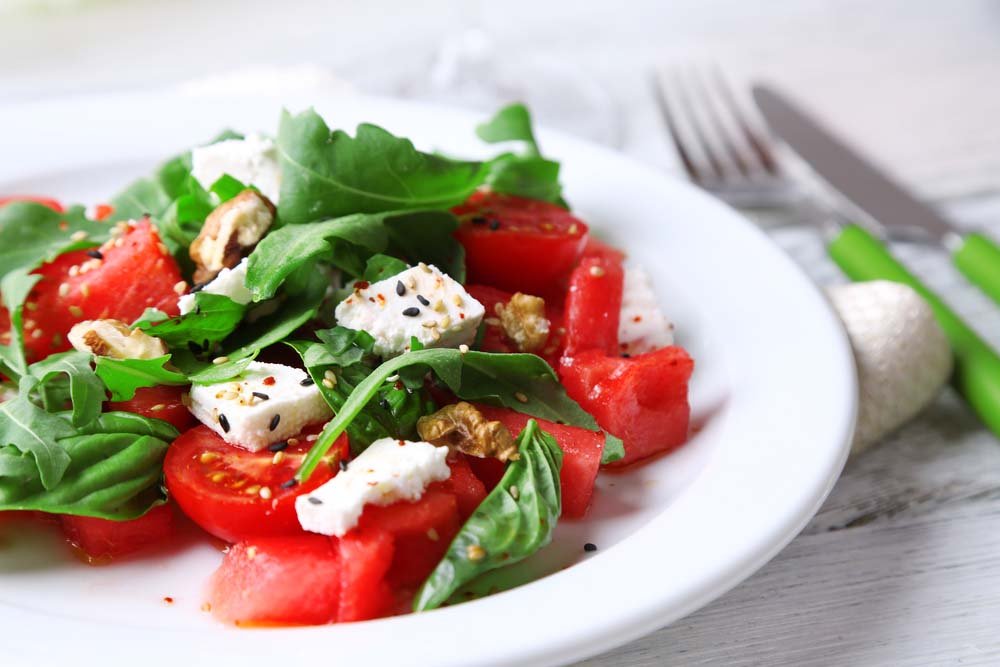
13. Watermelon is grown in 96 countries.
14. There are more than 1,200 varieties of different watermelons.
15. China is the leading producers of watermelons.
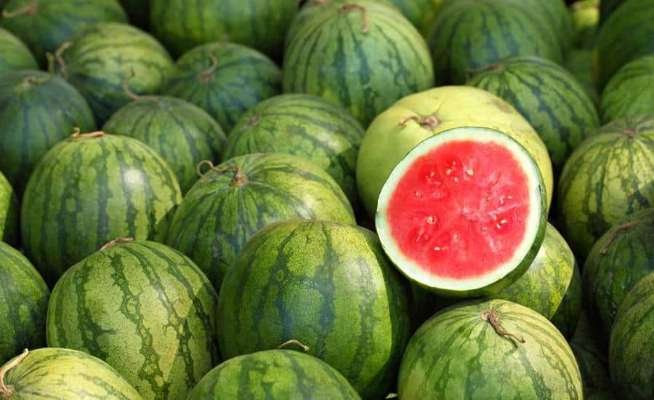
16. Globally, the United States is the fifth largest producers of watermelon.
17. Watermelon contains six percent of sugar.
18. Watermelon has only about 40 calories per cup.
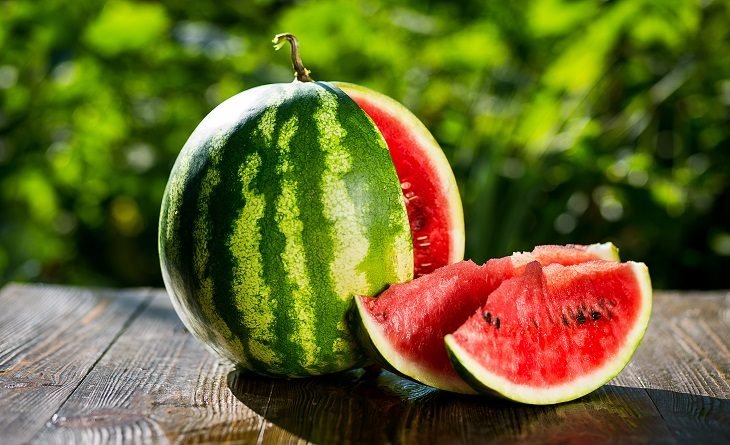
19. Chinese offer watermelons as gifts to a hostess.
20. A watermelon’s flesh is not always red alternatively can be orange, green, yellow or white.
21. Due to high in the carotenoid beta-cryptoxanthin, watermelon help to reduce inflammation in the body.
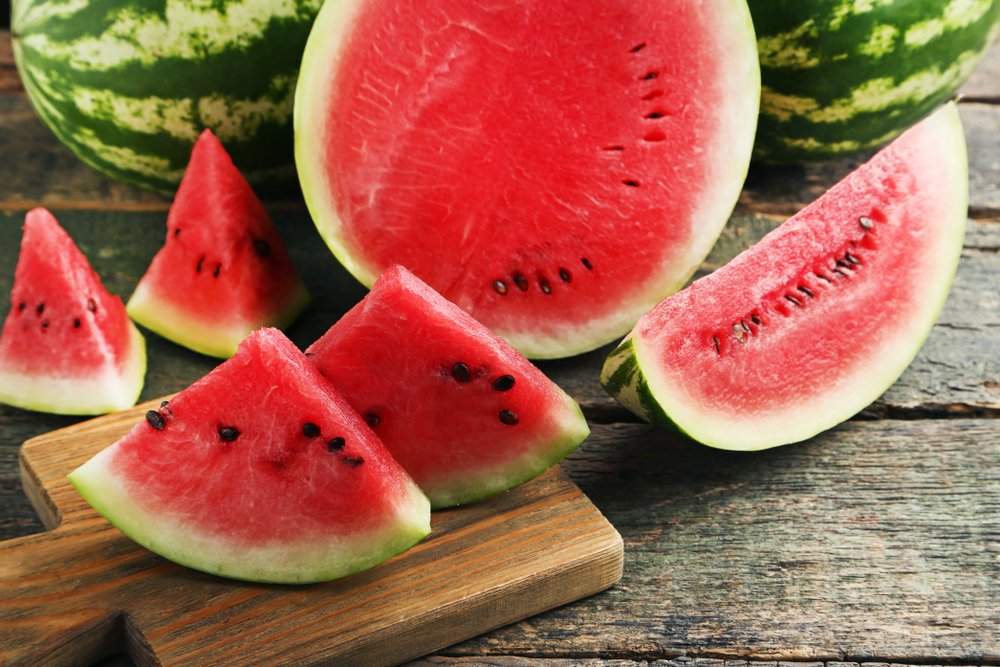
22. In ancient Egypt, watermelons were placed in burial tombs to nourish the soul after they had passed.
23. Watermelon contains more Lycopene than raw tomatoes which is famously known as cancer-fighting substance.
24. Watermelon juice can relieve muscle soreness.

25. In 1776, the first cookbook introduced in the United States had a recipe for watermelon rind pickles.
26. Watermelon’s plants have both female and male flowers on 40-mm-long hairy stalks and it has yellow, and greenish on the back.
27. August 3rd is National Watermelon Day.
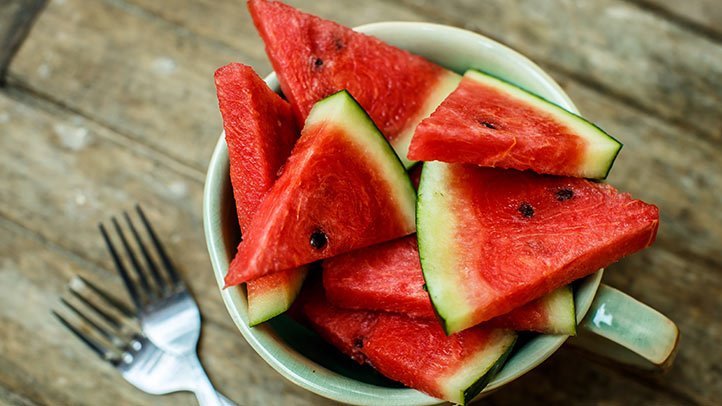
28. The watermelon is the official state vegetable of Oklahoma.
29. Key commercial varieties of watermelon include the Carolina Cross, Yellow Crimson, Orangeglo, Moon & Stars, Cream of Saskatchewan, Melitopolski, and Densuke.
30. There is basically four kinds of watermelon: icebox, seedless, picnic, and yellow fleshed.
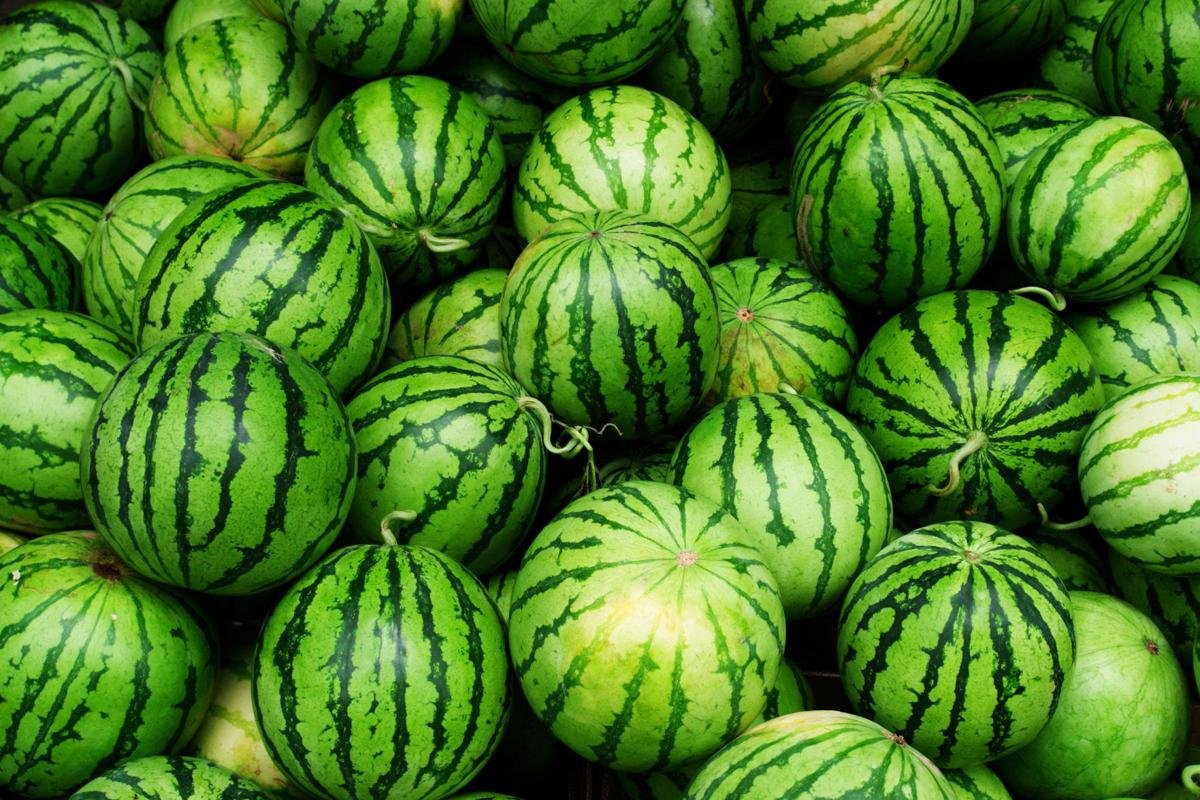
31. Watermelon is a mind booster because of its richness in Vitamin B6, which helps in the proper functioning of our brain.
32. Watermelon helps in flushing out kidney stones and prevents stone formation as well.
33. Watermelon mosaic virus is a virus that “draws” circles on watermelons.

34. Drinking watermelon juice before a workout helps reduce muscle soreness.
35. After Hurricane Katrina, watermelons grew everywhere in St. Bernard Parish.
36. The red part of the watermelon is technically called the placenta7.
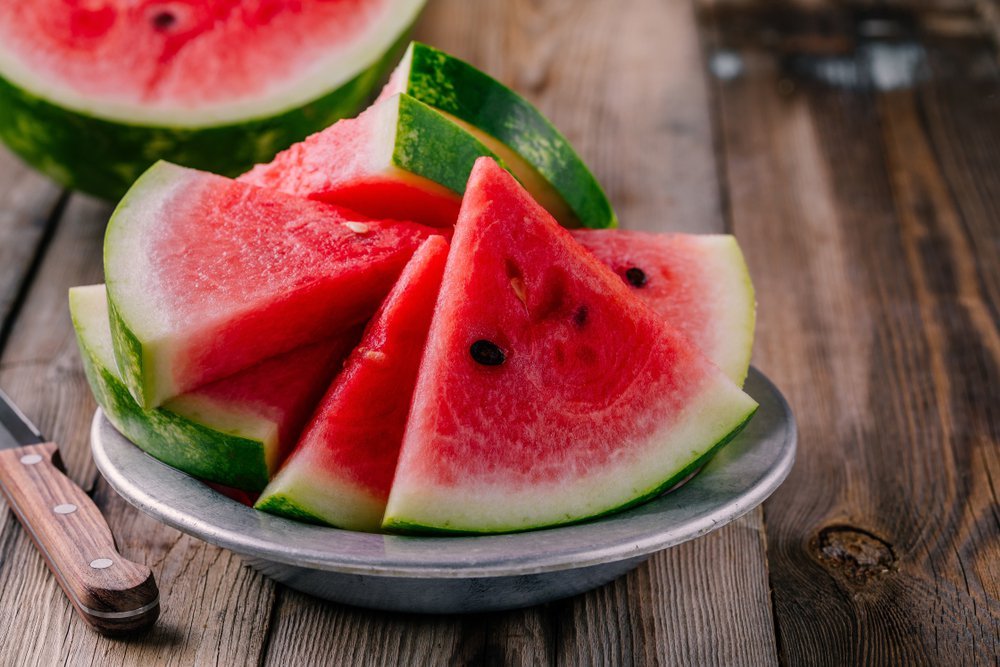
37. The sweetest watermelon is the Bradford watermelon.
38. Watermelon ‘brix’ measurement is 12.5.” Brix is a widely used sweetness rating, and most melons hover around 10, which is already considered very sweet.
39. Watermelon contains Citrulline, which can be used to treat erectile dysfunction.
